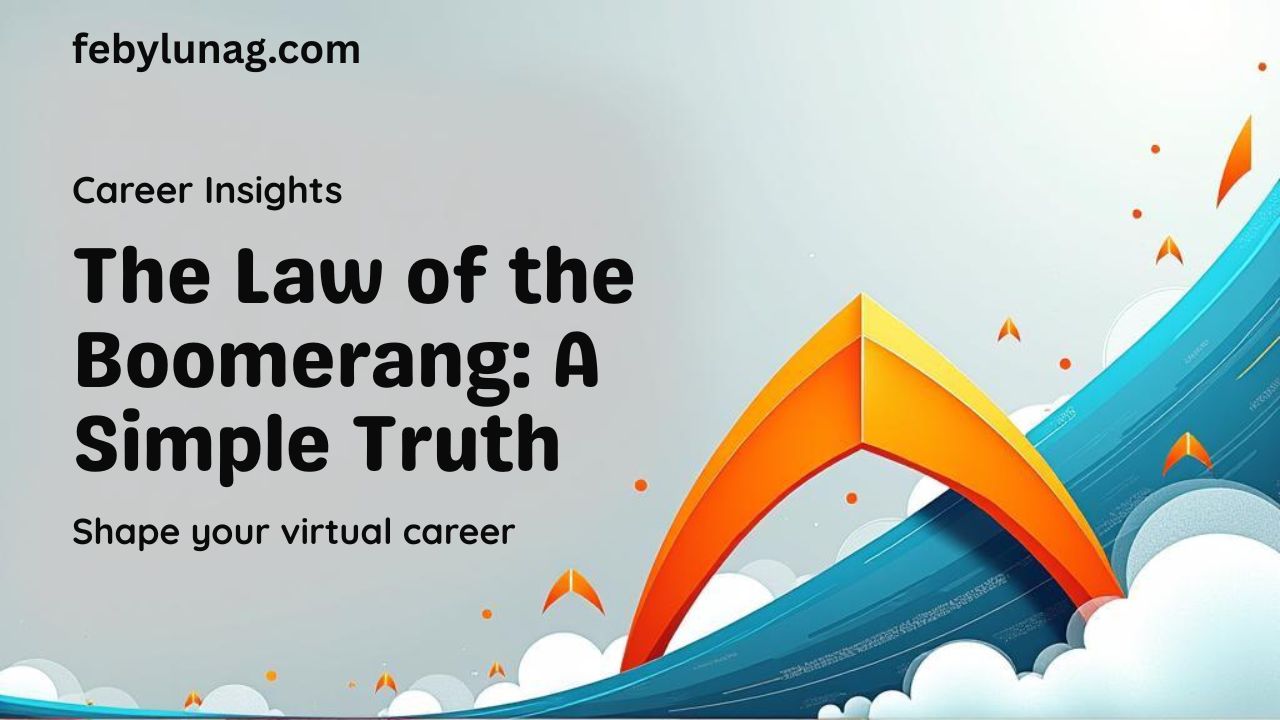In the fast-paced world of freelancing, where every decision directly impacts your income, workload, and lifestyle, there’s one choice that consistently delivers the greatest return: investing in yourself. Whether you’re a seasoned virtual assistant, a new freelancer navigating Upwork, or a creative entrepreneur juggling client deadlines and content calendars, the truth remains—your business only grows as much as you do.
In this blog, I’ll unpack the value of self-investment, share real-life examples, tools, and strategies, and show you why prioritizing your growth isn’t a luxury—it’s your most strategic move.
What Does “Investing in Yourself” Mean?
It’s more than spa days and self-care (though those are nice too). In the freelance world, investing in yourself means allocating time, money, and energy into areas that strengthen your skills, mindset, and systems.
Key Areas of Self-Investment:
| Category | Examples |
|---|---|
| Skills Development | Online courses, certifications, tutorials |
| Tools & Tech | Project management software, design apps, premium AI tools |
| Mindset & Health | Coaching, therapy, wellness programs, fitness |
| Branding | Personal website, logo design, social media presence |
| Networking | Events, communities, mastermind groups |
1. Skill Building = Confidence + Higher Rates
One of the fastest ways to increase your value (and income) is by upgrading your skills. As demand shifts in 2025—especially with AI, automation, and remote work—freelancers who stay current win.
What I Did:
- Took a content strategy course (tripled my blog traffic)
- Completed a Canva certification (landed higher-paying design clients)
- Learned AI tools like ChatGPT, Jasper, and Notion AI
Tip: Don’t just learn passively. Apply skills to real projects, even your own. Build a portfolio around what you’re learning.
2. Mindset Shifts That Changed My Game
Freelancing is a mental game as much as a skills game. Early on, I struggled with imposter syndrome, undercharging, and burnout. Investing in coaching and self-development helped me:
- Set better boundaries
- Raise my prices confidently
- Recover from rejection faster
Tools that helped:
| Resource | Impact |
| “The Big Leap” by Gay Hendricks | Helped overcome upper limit beliefs |
| Calm App (meditation) | Reduced anxiety and decision fatigue |
| Coaching sessions | Unlocked growth blocks and helped with goal setting |
3. Investing in Tools Saved Me Time (and Sanity)
Instead of doing everything manually, I now leverage tools that automate, simplify, and support my workflow.
| Tool | Use Case |
| Notion | Task management, templates, content planning |
| Canva Pro | Social graphics, client assets, brand kits |
| Calendly | Automated scheduling |
| Loom | Client communication, proposals, SOPs |
| Grammarly Pro | Editing support for faster, better writing |
Time saved = more bandwidth for high-value work.
4. Health is Wealth (Yes, Really)
A healthy body supports a focused mind. I used to skip workouts, stay up late, and drink too much caffeine—all in the name of hustle. But I’ve learned that being tired is not a badge of honor.
Small shifts I made:
- Daily 20-minute walks or light workouts
- Meal prepping on Sundays
- Taking screen breaks using the Pomodoro technique
- Sleeping 7–8 hours (no exceptions)
Burnout is real. Prevent it before it costs you clients.
5. Personal Branding Attracts Higher-Quality Clients
People hire you, not just your skills. When I invested in my website, social media strategy, and content marketing, I started attracting inbound inquiries from aligned, well-paying clients.
What I upgraded:
- Refreshed my website with clearer offers and testimonials
- Started a niche blog (hello SEO!)
- Created a lead magnet and email list
- Showed my face more on Instagram and LinkedIn
Client quote: “I found you through your blog post on VA systems—it felt like you already understood what I needed.”
6. Communities Make You Feel Less Alone (and Open Doors)
Freelancing can be isolating. Joining masterminds and communities kept me motivated, accountable, and inspired.
Where I connected:
- Facebook groups for VAs and freelancers
- Slack communities like Freelance Founders
- Weekly accountability Zooms with 3 biz friends
These relationships turned into collaborations, referrals, and emotional support.
How Much Should You Spend on Self-Investment?
There’s no perfect number, but here’s a breakdown that helped me:
| Income Bracket | Recommended Self-Investment % |
| $0–$2,000/month | 5–10% (start with free/low-cost tools + YouTube) |
| $2,000–$5,000/month | 10–15% (courses, coaching, branded tools) |
| $5,000+/month | 15–20% (team, automation, advanced mentorship) |
Even when I was just starting, I set aside money monthly for growth. It paid off big time.
Signs It’s Time to Invest in Yourself
If you’re feeling stuck, here are signs your next breakthrough might require a new kind of investment:
- You’ve hit an income plateau
- You’re working too much for too little
- You feel unmotivated or alone
- You’re behind on trends and tools
- You say yes to every client out of fear
How to Start Investing in Yourself (Without Overwhelm)
Don’t try to do everything at once. Here’s how I began:
Step 1: Choose one area (skills, health, branding, tools, mindset)
Step 2: Pick 1 investment under $100 to test the waters
Step 3: Schedule time weekly to apply and reflect on that investment
Step 4: Track results: Has it saved you time? Brought you confidence? More leads?
Step 5: Keep what works. Drop what doesn’t. Adjust monthly.
My Favorite Small Investments with Big Impact
| Investment | Cost | Result |
| $15 Canva Pro | Better visual branding, faster delivery | |
| $27 course on SOPs | Cut project admin time in half | |
| $10 journal | Improved focus + client reflection notes | |
| $49 podcast mic | Sounded more professional in meetings | |
| Free LinkedIn posts | Brought 2 new clients in a month |
Final Thoughts
Your freelance business is only as strong as you. Investing in yourself isn’t selfish—it’s the smartest move you’ll ever make. Whether it’s $10 or $1,000, time or tools, courses or coaching, choose to grow on purpose.
Because when you grow, everything in your business expands with you.
Want more behind-the-scenes strategies from my freelance life? Subscribe to my newsletter for weekly tips, tools, and real talk on building a business that actually fits your life.







Leave a Reply